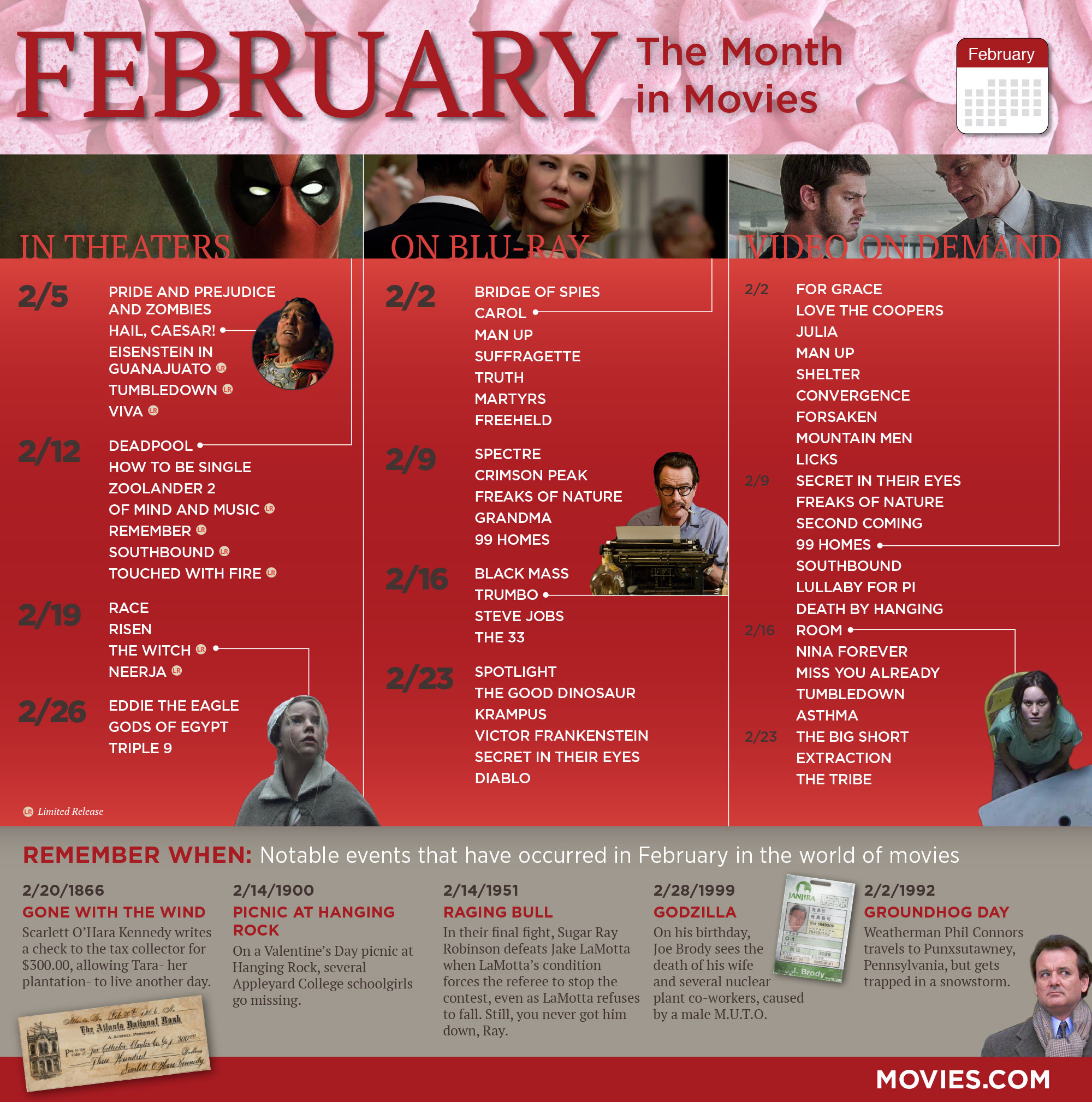Best of the Week: First Look at Chris Hemsworth in 'Ghostbusters,' 'Fast and Furious' Forever and More
The Important News
First Looks: We got our first glimpse of Chris Hemsworth’s Ghostbusters role, plus more new images. Vin Diesel shared new images from XXX: The Return of Xander Cage. And he shared some more.
Star Wars Mania: Gwendoline Christie confirmed Captain Phasma will return in Star Wars Episode VIII.
Franchise Fever: Vin Diesel revealed release dates for Fast and Furious movies through 2021. Channing Tatum revealed how he was almost in the Fast and Furious movies.
New Directors/New Films: Steven Soderbergh will direct Channing Tatum in Lucky Logan. Jaume Collet-Serra will direct Liam Neeson again in The Commuter. Josh Boone might direct Stephen King’s Revival. Mary Harron is helming a Manson Family movie. James Franco will direct true story Zola.
Produce Aisle: Leonardo DiCaprio is producing a movie of The Sandcastle Empire.
Reel TV: Dan Stevens and Aubrey Plaza will star in the X-Men series Legion.
Settling the Score: Two tracks from the Batman v Superman: Dawn of Justice score were released.
Box Office: Kung Fu Panda 3 won the weekend.
Awards: Idris Elba made history at the SAG Awards.
Festival Fair: The SXSW Film Festival announced its 2016 slate.
The Videos and Geek Stuff
New Movie Trailers: Lego Star Wars: The Force Awakens, Demolition, Miles Ahead, Zootopia, Zoolander 2, Green Room, Me Before You, The Witch, The Driftless Area, Creative Control and Get a Job.
TV Spots: Alice Through the Looking Glass.
Clips: Channing Tatum sings in Hail, Caesar!
Behind the Scenes: Fantastic Beasts and Where to Find Them and Guardians of the Galaxy Vol. 2.
Watch: This year’s Super Bowl movie trailers as they become available. And Super Bowl players make Oscar predictions.
Learn: Which Star Wars icon almost appeared in The Force Awakens.
See: Star Wars as an R-rated Grindhouse movie.
Learn: Which movie characters are the most realistic psychopaths.
See: The best closing shots in movie history.
Learn: George Miller’s reason why Justic League: Mortal didn’t happen.
Watch: Jurassic World visual effects reel.
See: Kate Winslet explains how Jack could have been saved in Titanic.
Learn: The real reason Bill Murray repeated the same day in Groundhog Day.
See: Winnie the Pooh characters redo this year’s Oscar nominees.
Learn: Where you can ride Falkor from The Neverending Story.
See: The Revenant video game.
Learn: Why we cry during happy parts of movies.
See: This week’s best new movie posters.
Our Features
Monthly Movie Guide: Above is our guide to this month in movies.
New Movie Guides: Hail, Caesar! and Pride and Prejudice and Zombies.
Film Festival Guide: The Sundance movies that need to be on your radar.
Set Visit: Lazer Team.
Interview: Bridge of Spies producer Kristie Macosko Krieger.
Geek Movie Guide: Everything movie geeks needs to see and buy this month.
Horror Movie Guide: All the news and trailers a horror fan needs this month.
Comic Book Movie Guide: What happened between Man of Steel and Batman v Superman: Dawn of Justice.
R.I.P.: Remembering all the reel-important people we lost in January.
Home Viewing: Here’s our guide to everything hitting VOD this week.
and
MORE FROM AROUND THE WEB:
This entry passed through the Full-Text RSS service – if this is your content and you’re reading it on someone else’s site, please read the FAQ at fivefilters.org/content-only/faq.php#publishers.



